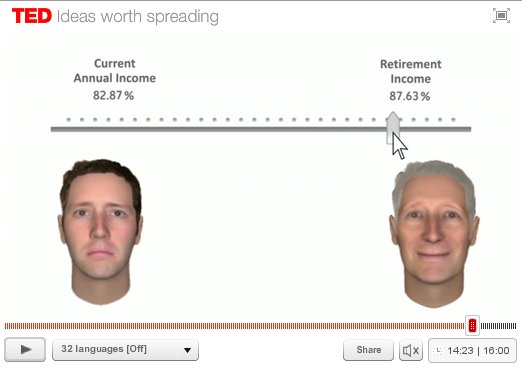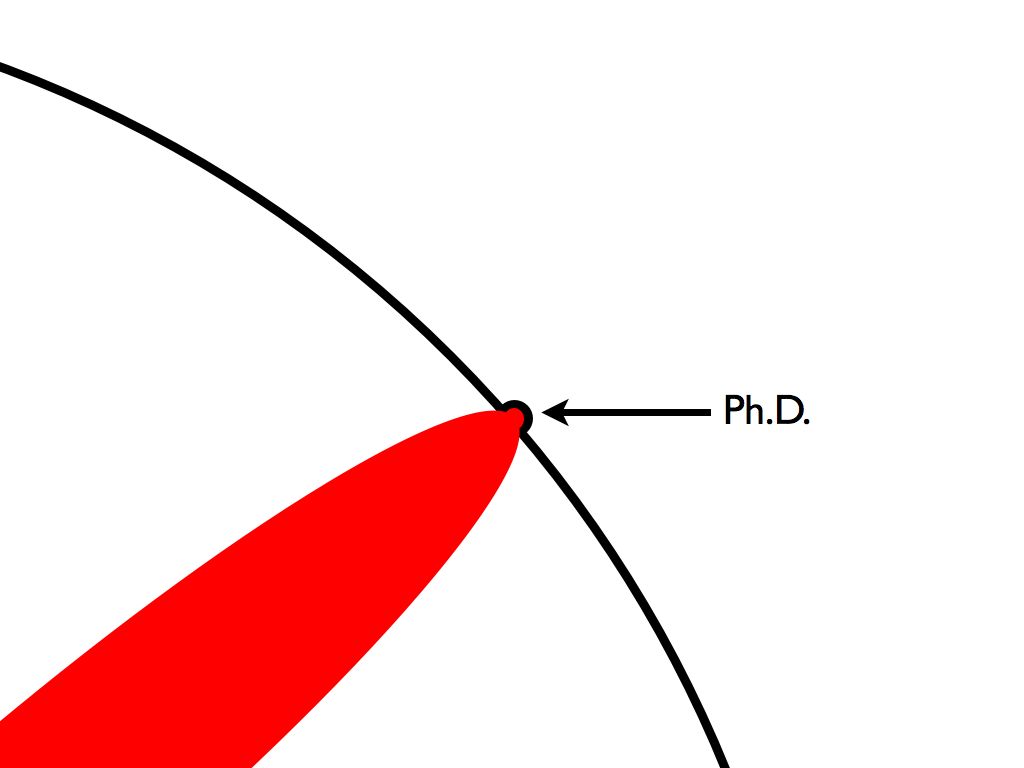Interesting paradox stated in the clip below (@round 7 min 30 ) by Steven Pinker (Harvard):
What is the psychological state of an overture we feel to be ‘out there’ or ‘on the record’ that makes it feel so much more akward than a veiled overture that is conveyed indirectly?
The key to this paradox is stated as mutual knowledge (as opposed to individual knowledge), where explicit language is an excellent way of creating mutual knowledge. Science builds on such explicit language. But why is it then that humans are so skilled in NOT being explicit in language (veiling), as stated earlier in Steven Pinker’s presentation?
Language has to do two things:
1) convey some content (like a bribe, command, proposition)
2) negotiate a relationship type by a) a literal form (to signal the safest relationship to the listener) and b) counting on the listener to read between the lines to entertain a proposition that might be incompatible with that relationship
This helps the imperative get through without the presumption of dominance.
Relationship types are defined after Alan Fiske. These types are in the clip defined as the set of Dominance, Communality and Reciprocity. However, literature (explained here and originating from Fiske) defines four types:
- Communal Sharing
- Authority Ranking
- Equality Matching
- Market Pricing
Pinkers explanation is that overt language creates a situation where you cannot take something back and therefore poses ‘something out there’, stressing the former safety of the relation. He explains the high pay off of a bribe refering to ‘the identification problem’ (Thomas Schelling, more here explaining sorting and peer effects) in his book presentation of 2007 (slides of presentation here) @ 44 min 32:
|
dishonest
officer |
honest
officer |
| veiled bribe |
go free |
traffic ticket |
| bribe |
go free |
arrest for bribary |
| no bribe |
traffic ticket |
traffic ticket |
Similar, a dialogue by veiling respresentatives during alliance development, whether this is about the EU-bankin problem in 2012 or about alliances between universities, does create a higher change of successful outcomes. At the same time this lack of explicit language can also explain apparent trade offs. Such trade offs are noticable through lack of transparancy, miscommunication, misunderstanding, questionable loyalty and intentions.
Such trade off in developement is explained by Bateson and Gluckman (Plasticity, Robustness, Development and Evolution, 2011), stating that Plasticity and Robustess are principles of development that need each other. These principles are not opposites at all.
My hypothesis is that visualization helps ‘putting it out there’, while opening a meaningful dialogue. This means visualization should have an open, indefinite, playful character: similar to playing a mutual game looking for a answer of mutual interest, for example while allowing using closed / unidentified pawns (indivdual knowledge) of the other party on a shared canvas.
http://p2pfoundation.net/Relational_Model_Typology_-_Fiske




